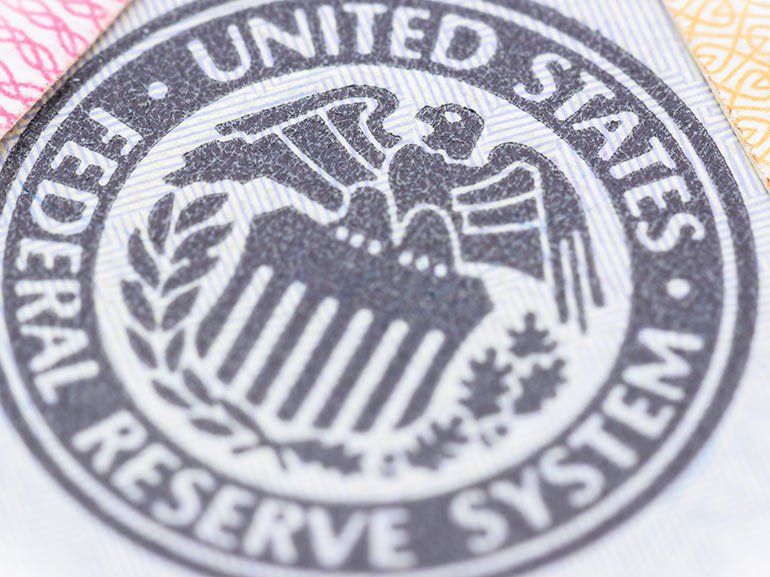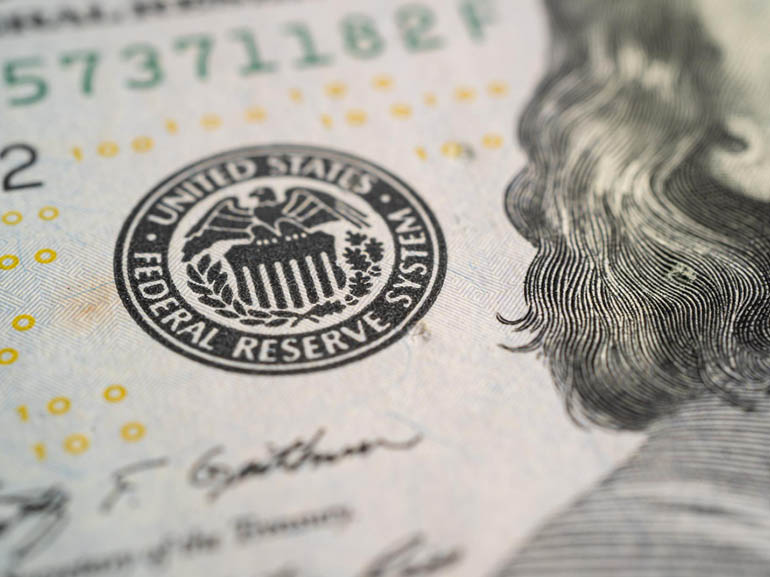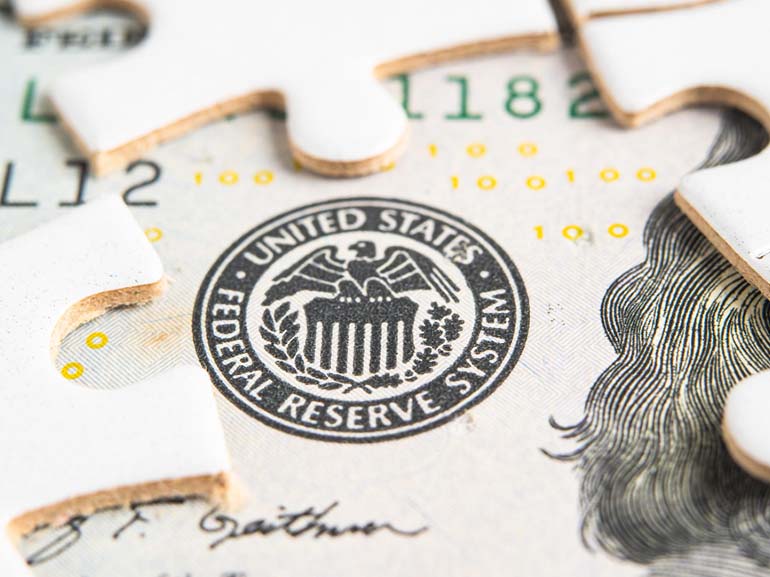What’s Next for Crypto After ByBit Hack
Bitcoin (BTCUSD) declined around 5% on Monday, 24 February, on the back of announcements pointing to an escalation in tariff rhetoric, and continued to fall on Tuesday at the time of writing (9:22 GMT).
Ethereum (ETHUSD) and other cryptocurrencies experienced larger declines as the entire market lost more than 8% of its capitalisation, dropping from $3.31 trillion to around $3.1 trillion.
Following major outflows in BTC and ETH ETFs in the wake of the recent Bybit hack on 21 February that resulted in a loss of $1.4 billion worth of Ethereum, some analysts believe support at $90,000 offers potential for upside as we head towards the end of the quarter. In contrast, others expect further declines if support weakens.
With all eyes on Nvidia’s (NVDA) earnings tomorrow, Wednesday, 26 February, insights into AI supply/demand dynamics may present investors and traders alike with an earlier catalyst for the next move.

Tariffs Strain the Crypto Market
Despite initial optimism for looser regulation in cryptocurrencies following the re-election of Donald Trump, which resulted in notable appreciation in the crypto market, the US President reaffirmed markets on Monday that delayed tariffs of 25% on imports from neighbouring countries Canada and Mexico are set to begin as planned on 4 March.
Trump made this announcement while speaking at a White House press conference and following the signing of a memorandum to restrict further Chinese spending on strategic sectors like tech and energy. Aside from the existing 10% import levy on Chinese goods imposed earlier in February, Trump also proposed additional fees for Chinese-manufactured vessels over the weekend via a memo he signed on Friday to curb Chinese investments, all of which weighed on broader risk sentiment.
Meanwhile, the cryptocurrency market, in particular, was under pressure last Friday in the aftermath of the largest heist in the history of crypto due to the cyberattack and subsequent theft of billions worth of Ethereum from a compromised cold wallet of Bybit. Naturally, the theft led to a cascade of withdrawals from the exchange and, as a result, from the broader markets, as security concerns amplified due to the presumed indestructible properties of a cold wallet.
Ethereum partially recovered during the weekend after Bybit CEO Ben Zhou reassured markets that all cold wallets were safe, and the exchange quickly secured loans to cover potentially uncovered losses. More importantly, Elliptic, a blockchain analytics firm, identified North Korean hackers from the Lazarus Group as the perpetrators, which brought some relief. The group apparently intercepted transactions and redirected funds rather than breaking into Bybit’s cold wallets. Still, crypto liquidations continued to pile up.
Is BTC ETF Demand Genuine?
Analysts at 10x Research pointed to a disguised ETF demand as one of the reasons affecting the “new favourite asset for hedge funds.” Despite Bitcoin ETF inflows amounting to up to $38.6 billion, the firm revealed that more than half of that is related to arbitrage strategies, suggesting only the remainder is linked to genuine demand for the cryptocurrency.
Bitfinex also said that demand from institutions declined as the price hovered in the $91,000 - $102,000 range, noting that BTC ETF outflows summed up to over half a billion just last week. The cryptocurrency exchange analyst team highlighted the rising correlation between Bitcoin and the traditional markets as the main reason for the lack of momentum, suggesting that uncertainty around macroeconomic factors keeps momentum stagnant.
JPMorgan (JPM) backed this narrative from a perspective on Futures markets, focusing on CME. The bank said the immediate lack of bullish catalysts can be seen through increased backwardation, an event where future prices are below spot prices, as regulatory changes are unlikely to take place in the first half of 2025.
Markets Await the Next Catalyst
Trading volumes showed BTC spot buys on Coinbase (COIN) averaging 15000 coins on Monday from 12000 coins, signalling rising interest from existing and new entrants due to a 10% rise in active wallet addresses.
MicroStrategy (MSTR) also announced on Monday the purchase of 20356 Bitcoins between the week of 18 to 23 February, ramping up its total acquisition to 499096 Bitcoins. Now operating under the brand name Strategy - STRK, the company reported a loss of $3.03 per share on 5 February for Q4 2024 and was seen pausing its buying spree for the week ending 3 February until yesterday’s announcement.
Bank of America (BAC) analysts said that post-earning volatility remains elevated and pointed to positive implications from Nvidia’s earnings, which may be the catalyst for momentum resumption, Notably, ahead of the critical report, Big Tech firms like Amazon (AMZN), Meta (META) and Microsoft (MSFT) all revealed plans to spend billions in AI-related projects, with Apple (AAPL) surprising on Monday with an announcement of a $500 billion worth of US-based investment plan for server factories and data centres.
But aside from Nvidia earnings, traders will want to keep a close eye on January’s PCE report and whether inflation and interest rate signals suggest a delay in rate cuts by the Federal Reserve or offer a chance for a trend resumption on the back of a weaker US dollar (DXY). (Source: FX Empire)
Closing Words
The recent drop in the cryptocurrency market shows the sensitivity of investor sentiment to external influences, including tariff announcements, the Bybit hack and disguised ETF demand. However, while some analysts remain optimistic about a potential bounce at the $90,000 round level, macroeconomic factors and regulatory uncertainties continue to loom.
The upcoming Nvidia earnings report may provide a much-needed catalyst to see momentum returning to the market, but traders may still remain alert to inflation signals and what implications this may have on Fed policy.
*Past performance does not reflect future results








